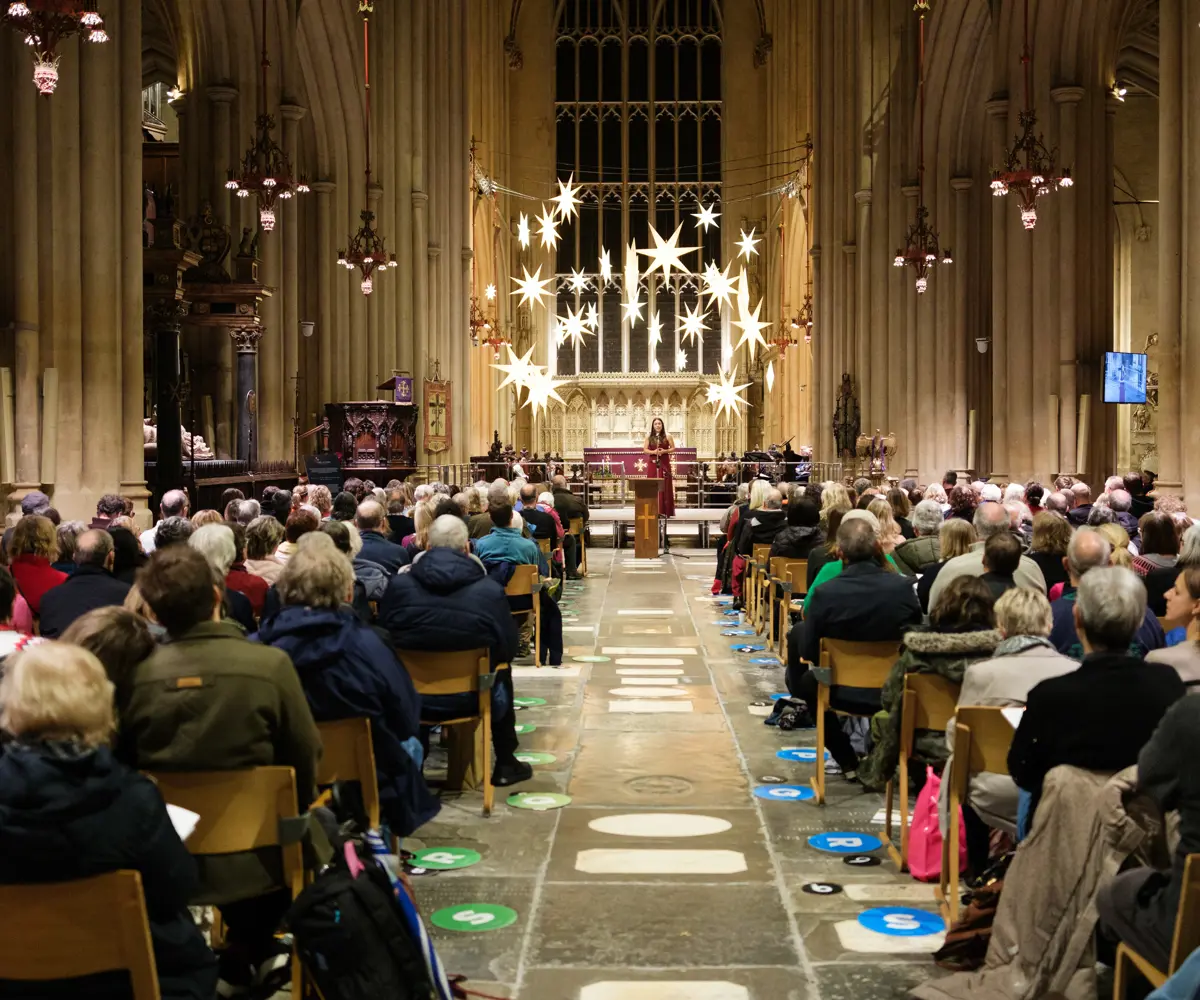The pathway to becoming a doctor
Thursday, 03 October 2024

The charity’s medical director qualified as a consultant in accident and emergency and worked as clinical lead at Harlow (Princess Alexandra) Hospital. She later became trauma lead at Queen’s Hospital in Romford and ultimately ended up moving to Addenbrooke’s Hospital in Cambridge in 2015, leading in trauma for the emergency department. Trauma is Maria’s major clinical interest and passion.
Initially spending around three days a month with the charity, that gradually increased. In early 2024 Maria became full time with the charity, allowing her to lead directly on important clinical matters more readily than before and help with rota cover.
Maria explains: “Up until 2019 any doctors working with Wiltshire and Bath Air Ambulance Charity were doing so on a voluntary basis. However, the charity had decided they wanted to increase the number of shifts with pre-hospital doctors, with both paid and volunteer shifts.
“The ambition is to have doctors on all shifts, or as many as possible. The main challenge is cost, especially if a doctor isn’t trained as a technical crew member (being able to help the pilot in the front of the aircraft) or as a blue light driver in the critical care car.
“In the future the charity would like to see close to 100 per cent of all our missions attended with a doctor on shift.”
“An emergency medicine doctor needs two years of foundation training, three years in core training, a further three years in speciality training and then one-to-two years in Pre-Hospital Emergency Medicine (PHEM) training, totalling ten years before being able to work as an air ambulance consultant doctor, with an additional two years for anaesthetists.
“Doctors receive very different training from critical care paramedics. With a much greater breadth of training in anatomy and physiology, as well as the basic medical sciences, whereas paramedics have a much better practical training.
“Air Ambulance Critical Care Paramedics can use different, or higher strength drugs than road paramedics and have some surgical skills. What doctors bring into the mix is another layer above that with a greater training in surgery and surgical skills, so can perform operations that paramedics can’t.
“This includes opening the chest to perform an operation to repair a wound in the heart, or for pregnant patients, they can deliver the baby by caesarean section.
“Rarer than the aforementioned procedures, Doctors can amputate a limb if someone was trapped and need extricating. For some severely burnt patients doctors can perform a surgical procedure to release tension around the chest.”




Wiltshire and Bath Air Ambulance Charity is looking to become a training centre for advanced life support courses, and we also have a partnership with the Royal United Hospital for their emergency department training.
Last year around a third of all missions undertaken involved a doctor, but in 2024 – with missions numbers rising dramatically – the percentage has risen to almost half of all incidents (48%).
Wiltshire and Bath Air Ambulance Charity works with colleagues across the air ambulance industry and the HEMS (Helicopter Emergency Medical Service) desk to ensure we are dispatched to the right emergencies when we are required, educating them so they are aware of what we can help with.
Maria adds: “The types of incidents have expanded too; this year alone we’ve been to the births of 15 premature babies, and sadly we know the amount of self-harm and suicide incidents we are called to has been increasing too."
“It was common in the early days to spend a whole day sat at the airbase undertaking admin and training and waiting for the phone to ring. Fast forward to 2024, I don’t think I’ve been on a single shift this year where there have been zero missions. Beyond that there have been several days where you struggle to find the time for a lunch break and you’re hopping from one mission to the next."
The images found in this article were taken by Sony ambassador Terry Donnelly, who was undertaking his third project with the charity.

Christmas Carols at Bath & Malmesbury Abbeys
Our ever-popular Christmas Carol Services return this December, with tickets on sale now. Will you join us?
Carols at Malmesbury Abbey: Wednesday 3 December 2025
Carols in the Abbey, Bath: Thursday 11 December 2025
Get in the festive spirit with our upcoming carol services, which will include carols sung by the Choir and the brilliant Chloe Jordan.
We will also have some festive readings from our critical care paramedics and ambassadors.
Book your tickets